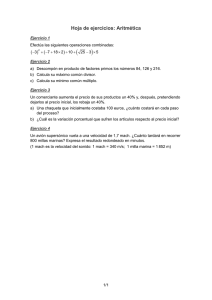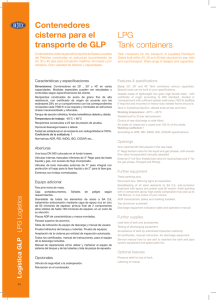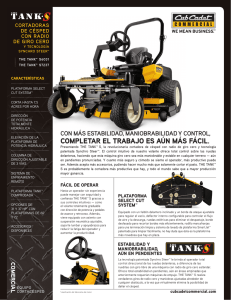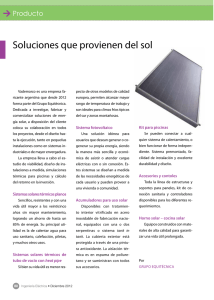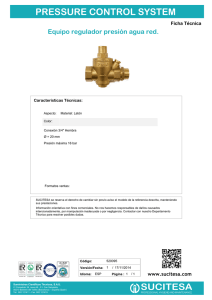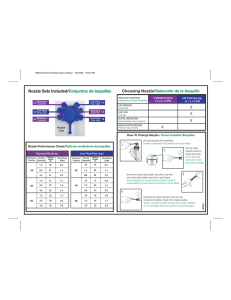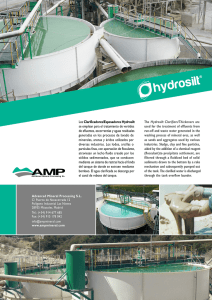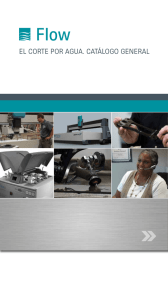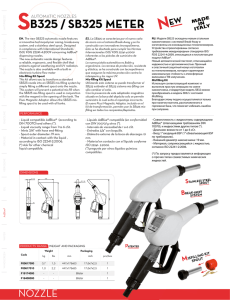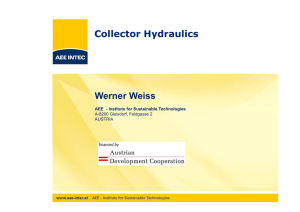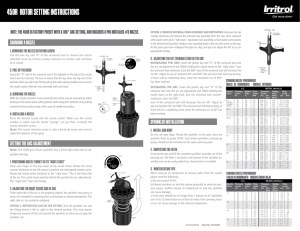1 Se calienta aire mientras fluye subsónicamente a través de un
Anuncio
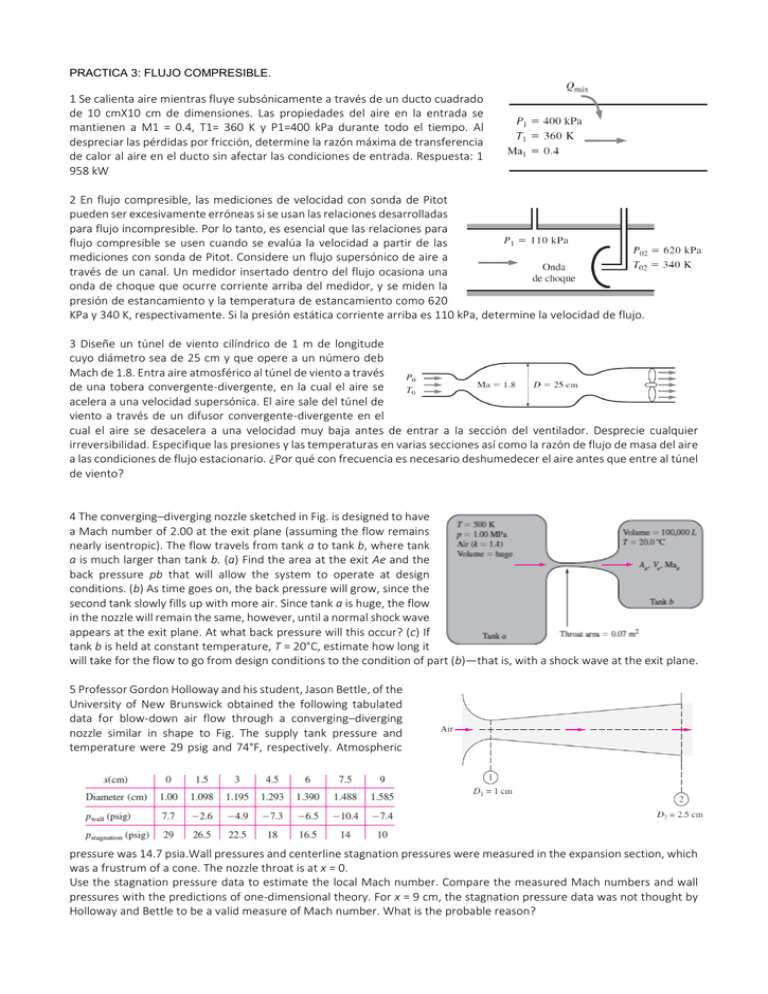
PRACTICA 3: FLUJO COMPRESIBLE. 1 Se calienta aire mientras fluye subsónicamente a través de un ducto cuadrado de 10 cmX10 cm de dimensiones. Las propiedades del aire en la entrada se mantienen a M1 = 0.4, T1= 360 K y P1=400 kPa durante todo el tiempo. Al despreciar las pérdidas por fricción, determine la razón máxima de transferencia de calor al aire en el ducto sin afectar las condiciones de entrada. Respuesta: 1 958 kW 2 En flujo compresible, las mediciones de velocidad con sonda de Pitot pueden ser excesivamente erróneas si se usan las relaciones desarrolladas para flujo incompresible. Por lo tanto, es esencial que las relaciones para flujo compresible se usen cuando se evalúa la velocidad a partir de las mediciones con sonda de Pitot. Considere un flujo supersónico de aire a través de un canal. Un medidor insertado dentro del flujo ocasiona una onda de choque que ocurre corriente arriba del medidor, y se miden la presión de estancamiento y la temperatura de estancamiento como 620 KPa y 340 K, respectivamente. Si la presión estática corriente arriba es 110 kPa, determine la velocidad de flujo. 3 Diseñe un túnel de viento cilíndrico de 1 m de longitude cuyo diámetro sea de 25 cm y que opere a un número deb Mach de 1.8. Entra aire atmosférico al túnel de viento a través de una tobera convergente-divergente, en la cual el aire se acelera a una velocidad supersónica. El aire sale del túnel de viento a través de un difusor convergente-divergente en el cual el aire se desacelera a una velocidad muy baja antes de entrar a la sección del ventilador. Desprecie cualquier irreversibilidad. Especifique las presiones y las temperaturas en varias secciones así como la razón de flujo de masa del aire a las condiciones de flujo estacionario. ¿Por qué con frecuencia es necesario deshumedecer el aire antes que entre al túnel de viento? 4 The converging–diverging nozzle sketched in Fig. is designed to have a Mach number of 2.00 at the exit plane (assuming the flow remains nearly isentropic). The flow travels from tank a to tank b, where tank a is much larger than tank b. (a) Find the area at the exit Ae and the back pressure pb that will allow the system to operate at design conditions. (b) As time goes on, the back pressure will grow, since the second tank slowly fills up with more air. Since tank a is huge, the flow in the nozzle will remain the same, however, until a normal shock wave appears at the exit plane. At what back pressure will this occur? (c) If tank b is held at constant temperature, T = 20°C, estimate how long it will take for the flow to go from design conditions to the condition of part (b)—that is, with a shock wave at the exit plane. 5 Professor Gordon Holloway and his student, Jason Bettle, of the University of New Brunswick obtained the following tabulated data for blow-down air flow through a converging–diverging nozzle similar in shape to Fig. The supply tank pressure and temperature were 29 psig and 74°F, respectively. Atmospheric pressure was 14.7 psia.Wall pressures and centerline stagnation pressures were measured in the expansion section, which was a frustrum of a cone. The nozzle throat is at x = 0. Use the stagnation pressure data to estimate the local Mach number. Compare the measured Mach numbers and wall pressures with the predictions of one-dimensional theory. For x = 9 cm, the stagnation pressure data was not thought by Holloway and Bettle to be a valid measure of Mach number. What is the probable reason?
